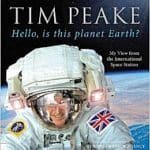Tim Peake’s Soyuz arrives at the Science Museum in London!
The spacecraft that carried Tim Peake to and from the International Space Station (ISS) last year has gone on display at London’s Science Museum.
The museum says, the Russian capsule, is an important part of UK space history and hopes it will inspire the public.
The Soyuz TMA-19M has been refurbished, but is still slightly singed from re-entry into the Earth’s atmosphere.
Business Secretary Greg Clark has confirmed that Major Peake will make a second mission to the space station.
The timing will be decided by the European Space Agency (ESA).
Mr Clark said: “Tim Peake’s Principia mission inspired a generation, and showed just how far science can take you”.
Tim Peake said he was delighted to see the capsule in the UK: “I hope that for everybody who gets to visit it will have a really great source of inspiration and maybe sow the seeds of future dreams for other people”.
Just over a year ago, Tim Peake set off for his mission to the International Space Station.
Executives at the Science Museum hope the spacecraft’s connection to the British astronaut will prove a major draw.
The right-hand seat was Tim’s and from it he looked out of the window and saw the curvature of the Earth for the first time. It was also from this window that he witnessed what it was like to re-enter the atmosphere at the end of his mission.
The spacecraft provides the UK with a link to its own astronauts and a reminder of its role in space exploration.
The Science Museum says that it wants the display to inspire those that see it, especially children – many of whom might wish to follow in Major Peake’s footsteps.
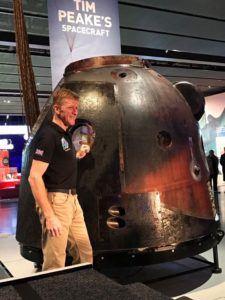
Tim Peake’s Soyuz arrives at the Science Museum in London! Read More »
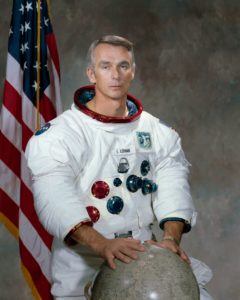
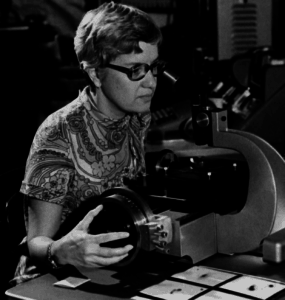
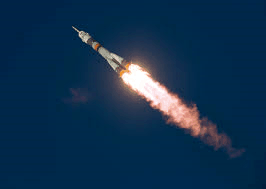
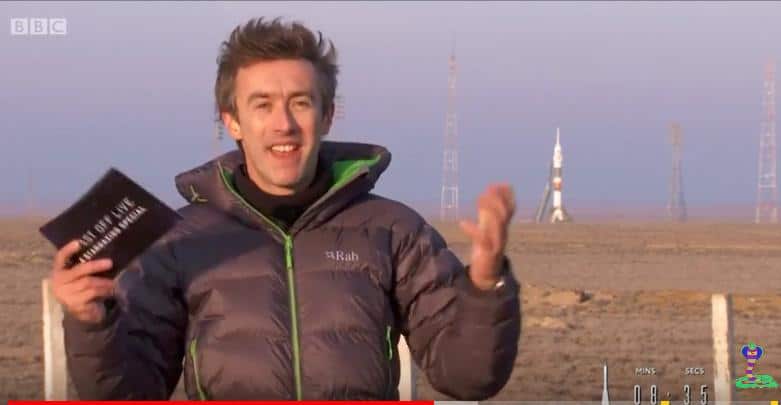

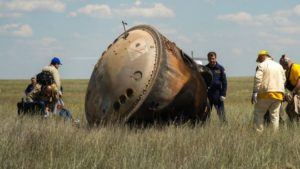
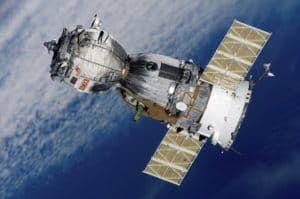
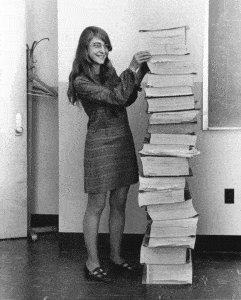 Apollo software engineer Margaret Hamilton was awarded the Presidential Medal of Freedom today by President Barack Obama for her contribution to the Apollo 11 Moon landing 47 years ago!
Apollo software engineer Margaret Hamilton was awarded the Presidential Medal of Freedom today by President Barack Obama for her contribution to the Apollo 11 Moon landing 47 years ago!